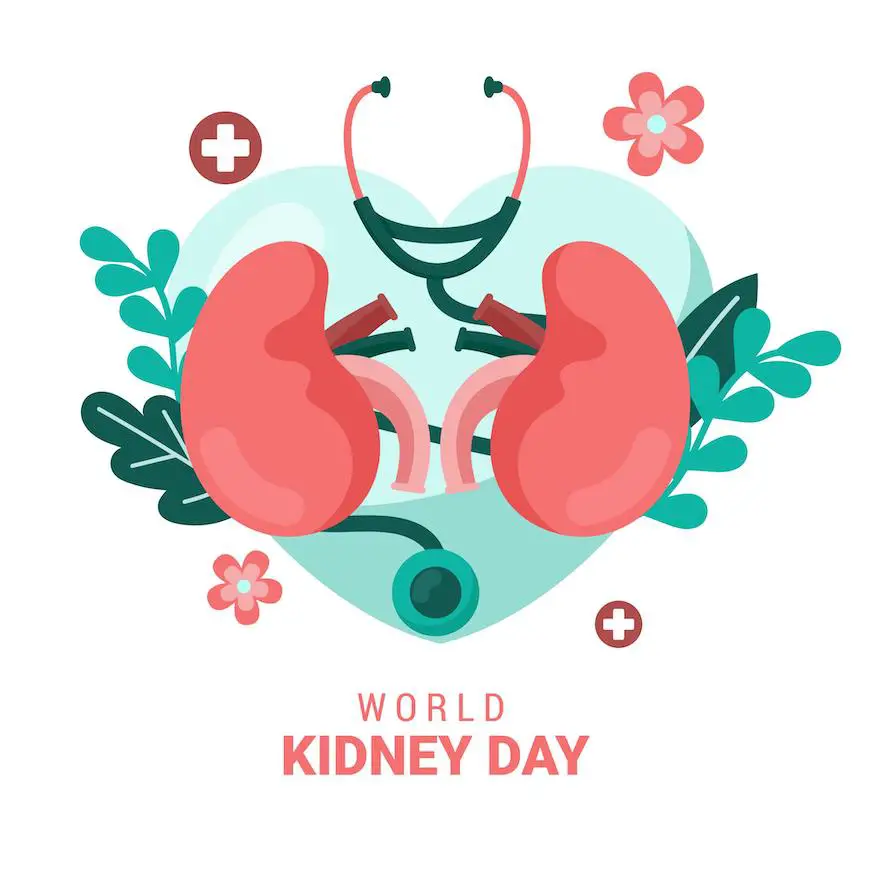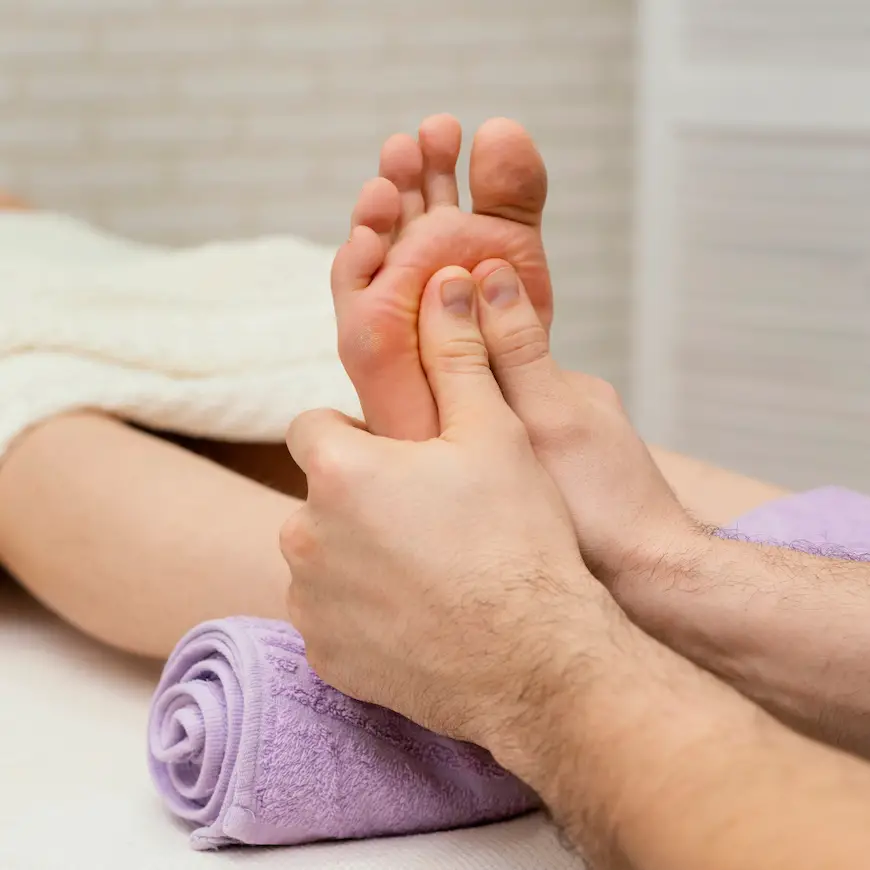We’ve all heard it before “Get a base tan before your vacation so you don’t burn.” It sounds like good advice. After all, a little color before hitting the beach might keep your skin from turning lobster red, right?
Not exactly.
In this article, we’ll break down what a base tan really is, what science says about it, whether it protects your skin, and why you may want to think twice before hitting the tanning bed. We’ll also share safer alternatives and sun-protection products you can buy on Amazon.
Let’s get into it!
What Is a Base Tan?
A base tan is a tan you get before being exposed to intense sun—usually by using tanning beds or spending time in the sun before your vacation.
People believe that getting this early color helps “prepare” the skin and prevents sunburn. But does it actually work that way?
Short answer: No.
The Science Behind Tanning
Here’s what happens when your skin tans:
- Your skin is exposed to UV rays (ultraviolet radiation).
- In response, your body produces melanin, a pigment that gives your skin a darker color.
- This is your body’s way of trying to protect your cells from deeper damage.
So really, getting a tan means your skin has already been hurt by the sun.
Dr. Susan Y. Chon, a dermatologist at MD Anderson Cancer Center, explains:
“A tan is the skin’s response to injury. It’s not a shield. It’s proof your skin is already damaged.”
Does a Base Tan Protect You from Sunburn?
A lot of people think that getting a base tan is like putting on sunscreen. But let’s compare:
- A base tan gives your skin about the same protection as SPF 3 to 4.
- Dermatologists recommend using at least SPF 30 when you’re in the sun.
That means even a deep base tan offers very little protection—and certainly not enough for a beach day or tropical trip.
Tanning Beds Are Worse Than the Sun
Some people go to tanning salons to get that base color. But tanning beds come with serious risks:
1. Higher Cancer Risk
Tanning beds use concentrated UV rays—mainly UVA rays, which go deeper into the skin and cause aging and cancer. According to the World Health Organization, tanning beds are a Group 1 carcinogen, which means they cause cancer in humans.
Using tanning beds before the age of 35 increases the risk of melanoma (the deadliest skin cancer) by 59%.
2. Premature Aging
UVA rays also break down collagen and elastin, which leads to wrinkles, sagging, and dark spots earlier in life.
3. Eye Damage
Tanning without proper eye protection can damage your eyes and increase the risk of cataracts and eye cancer.
Read also: Dry Eye After Cataract Surgery
Myths About Base Tans
Let’s bust a few common myths:
❌ Myth 1: A base tan protects me from burning.
Truth: It offers minimal protection—less than SPF 5.
❌ Myth 2: Tanning beds are safer than the sun.
Truth: Tanning beds are even more dangerous.
❌ Myth 3: I need sun exposure to get vitamin D.
Truth: You can get vitamin D safely from foods and supplements—no sunburn required.
Better Ways to Protect Your Skin
If you want to avoid sunburn and still enjoy the sunshine, there are better and safer ways than getting a base tan.
Here’s how to do it:
1. Use Sunscreen Daily
A broad-spectrum sunscreen protects you from both UVA and UVB rays.
Recommended Product on Amazon:
🧴 Neutrogena Ultra Sheer Dry-Touch Sunscreen SPF 55
✔ Lightweight
✔ Non-greasy
✔ Water-resistant
2. Wear Protective Clothing
Cover up with light, long-sleeved shirts, pants, and wide-brimmed hats.
Recommended Product:
🧢 FURTALK Wide Brim Sun Hat for Women
✔ Stylish and foldable
✔ Blocks 98% of UV rays
3. Stay in the Shade
Especially between 10 a.m. and 4 p.m., when the sun is strongest.
Bring an umbrella or pop-up tent to the beach for added protection.
4. Use Self-Tanners for a Safe Glow
If you want that sun-kissed look without damaging your skin, try self-tanners.
Recommended Product:
🌞 Bondi Sands Self Tanning Foam – Dark
✔ Natural-looking tan
✔ Coconut scent
✔ Easy to apply with mitt
5. Use UV-Protective Swimwear
Especially useful for kids and people with sensitive skin.
Recommended Product:
🩱 ATTRACO Rash Guard UPF 50+
✔ UPF 50+ sun protection
✔ Long sleeves and high neck design for extra coverage
✔ Soft, stretchy, quick-drying material
✔ Comes in a variety of colors and sizes
✔ Affordable and ideal for swimming, surfing, and beach days
Why Do People Still Believe in Base Tans?
The myth of the base tan has been around for decades. It’s often passed down from older generations or encouraged by tanning salons trying to make money.
But just because it’s common advice doesn’t mean it’s good advice.
Dermatologists today are very clear: There is no such thing as a safe tan.
Even if your skin doesn’t burn, the UV rays are still causing invisible damage—affecting your cells and increasing your risk of skin cancer later in life.
Sun Damage Is Cumulative
One of the biggest reasons to take sun protection seriously is that damage adds up over time.
- A single blistering sunburn in childhood doubles your chances of melanoma.
- Repeated tanning in your teens and 20s increases your risk of skin cancer in your 40s and 50s.
- Premature aging can begin as early as your late 20s if you frequently tan.
What If I Already Got a Base Tan?
Don’t panic. If you’ve already gotten a base tan in the past, it’s not too late to make better choices going forward.
Here’s what you can do:
- Stop using tanning beds and avoid intentional tanning in the sun.
- See a dermatologist yearly for skin checks.
- Use sun protection every day, even when it’s cloudy or you’re indoors near windows.
Final Thoughts: Is a Base Tan Ever a Good Idea?
No, it’s not.
A base tan:
❌ Does not offer real protection
❌ Is a sign of skin damage
❌ Increases your risk of skin cancer
❌ Speeds up skin aging
Instead, opt for:
✅ Broad-spectrum sunscreen
✅ Protective clothing and hats
✅ Shade and timing your sun exposure
✅ Self-tanners for that golden glow
Quick FAQs
Q: How long does a base tan last?
A: Typically just a few days to a week, depending on your skin type and how much sun exposure you get.
Q: Can people with darker skin skip sunscreen?
A: No. While darker skin has more natural melanin, it still needs sunscreen to prevent skin cancer and aging.
Q: Is there any safe way to tan?
A: Only self-tanners or bronzers. Any tan from UV rays is considered skin damage.
There’s no such thing as a “safe” or “healthy” tan if it comes from UV exposure. The idea of a base tan is outdated and dangerous.
Instead of preparing your skin with damage, protect it with the tools we’ve listed here. Your future self will thank you—for healthy, youthful skin and a lower risk of skin cancer.
J. Miles is a board-certified general medicine physician with over a decade of experience in delivering comprehensive care to individuals of all ages. With a focus on preventive medicine, holistic wellness, and chronic disease management.







